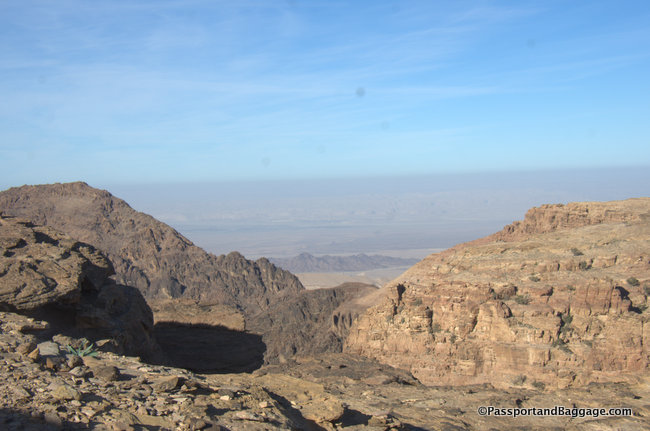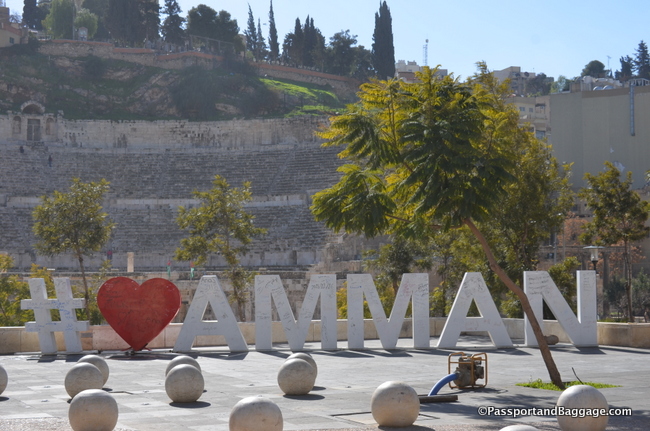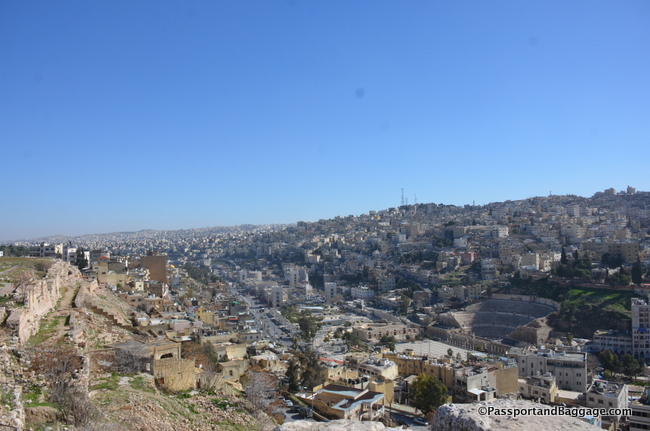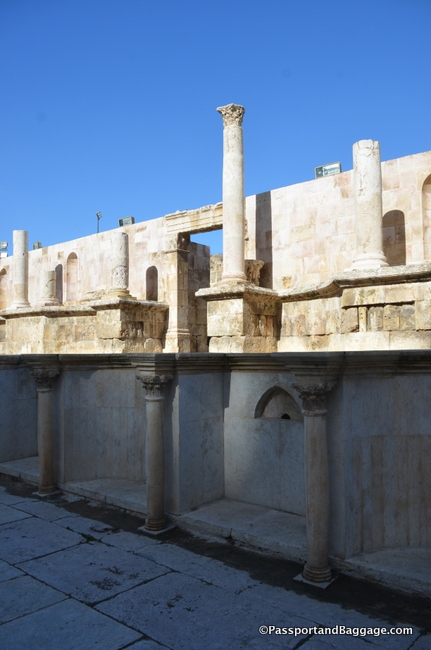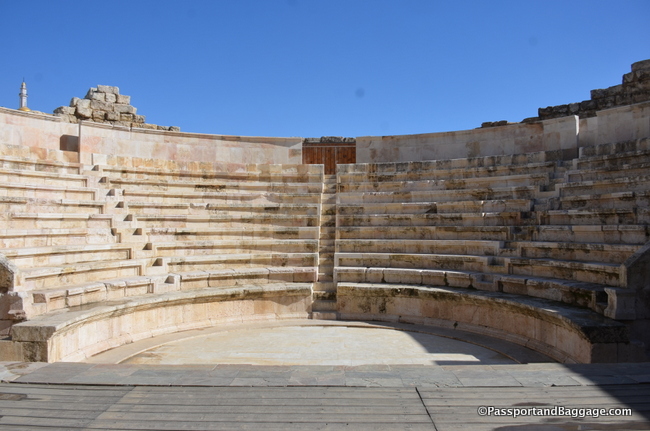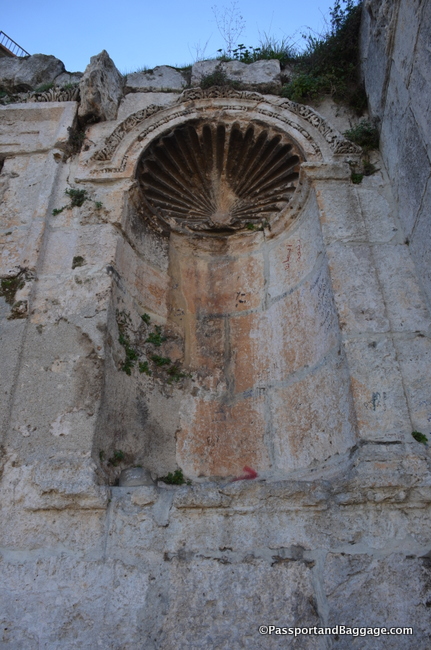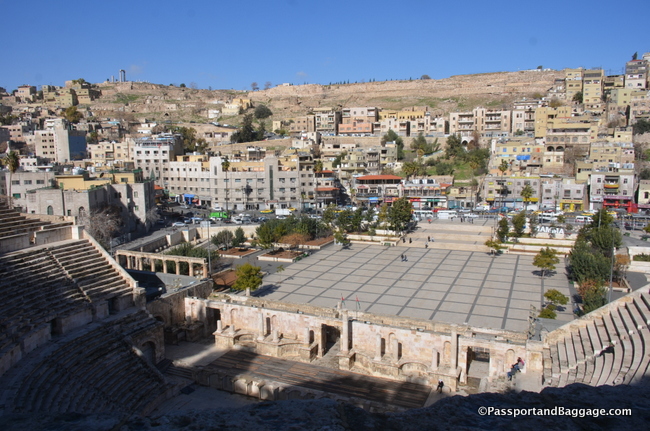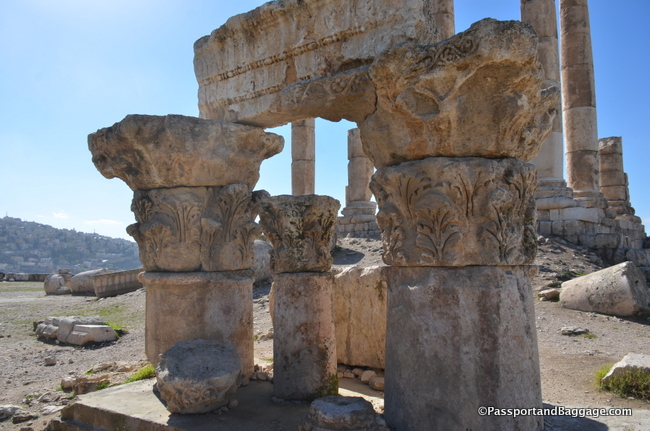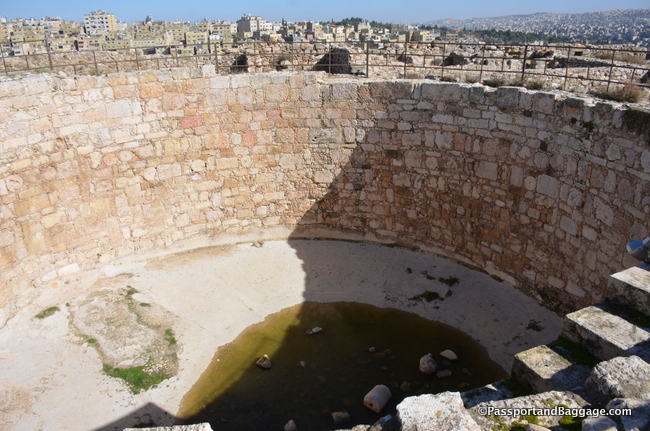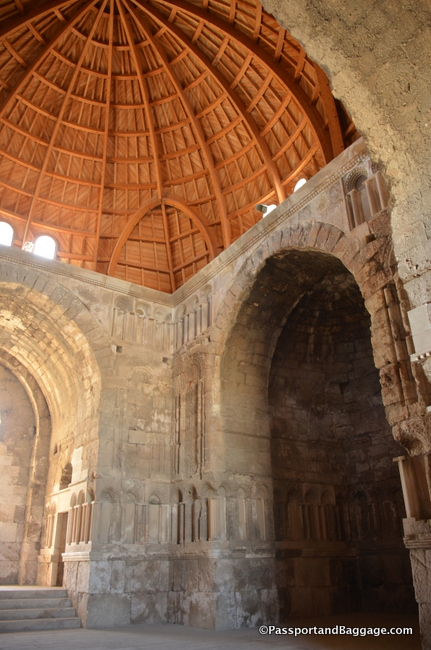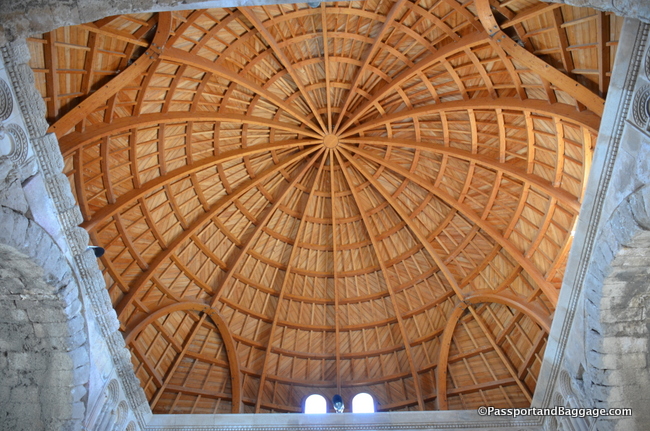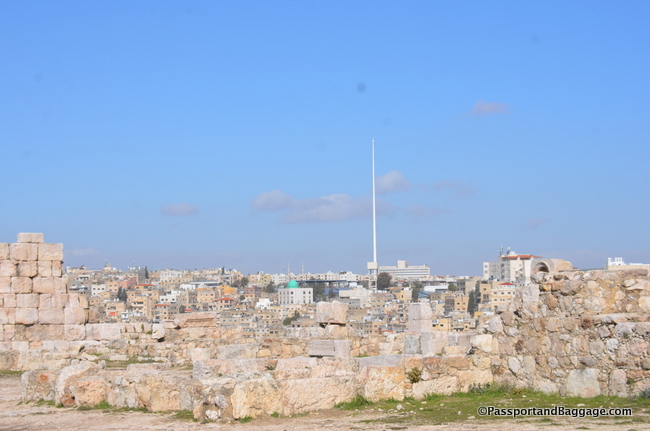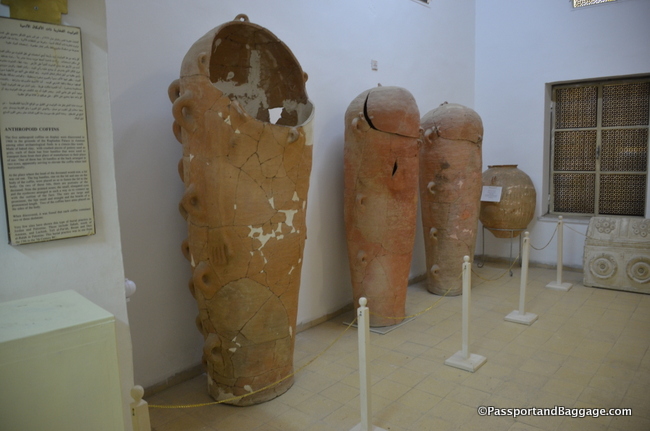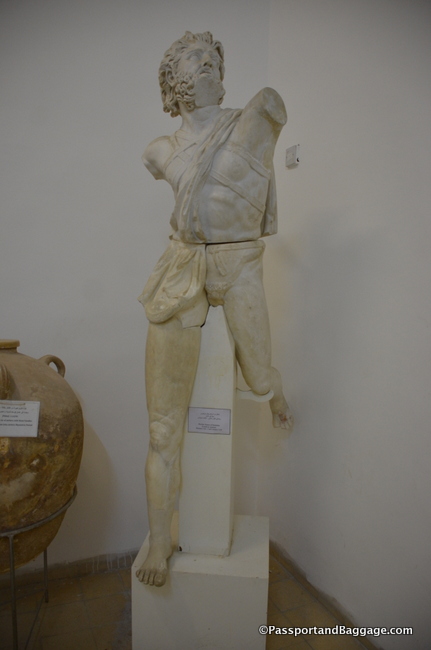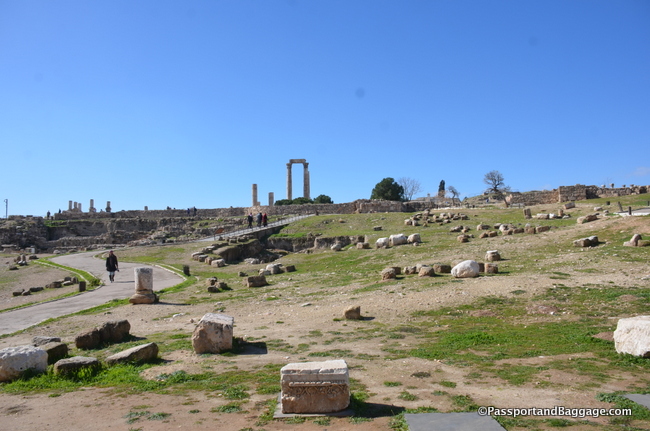Jordan
January 7, 2019
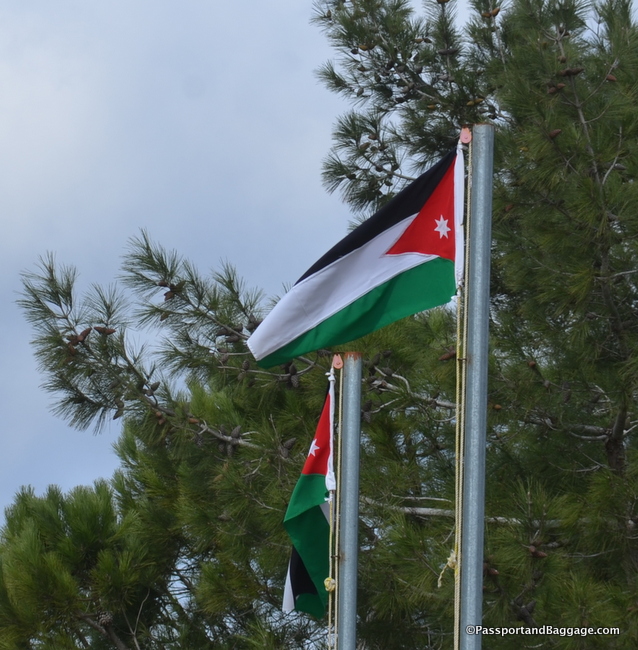 I came to Jordan with no knowledge about the country other than what I learned from the news growing up. I knew they had an extremely handsome king, King Hussein, who died in 1999. He was married to a Jordanian American, Lisa Najeeb Halaby now Queen Noor. Jordan was in the news when Saddam Hussein invaded Kuwait, but that was the extent of what I understood of this country.
I came to Jordan with no knowledge about the country other than what I learned from the news growing up. I knew they had an extremely handsome king, King Hussein, who died in 1999. He was married to a Jordanian American, Lisa Najeeb Halaby now Queen Noor. Jordan was in the news when Saddam Hussein invaded Kuwait, but that was the extent of what I understood of this country.
I tacked on Jordan after a trip to Egypt just to see Petra. But if one flies this far, one should take more than a day or two to see things. I am very glad I did. First, Jordan is so very different geologically than Egypt that I spent a lot of time saying WOW.
However, I will also say, that with the exception of Petra and a few fascinating sites outside of Amman, the real reason you would come to Jordan is for a hiking/camping/swimming type vacation. All of which I will cover in later following posts.
Jordan has no oil, so the country is expensive due to extremely high taxes, which affects the locals as much as the tourists.
The average Jordanian salary is around 457 Jordanian Dinar (about $650 US) and their cost of living is 21.15% lower than the US. However, on average (I often found higher prices) a beer is $7US and a cappuccino about $3.50 so somethings are comparable to the US.
For this reason, tips are a big part of the tourism business. I only mention this because tipping is so tricky all over the world. I try so hard to tip in accordance with the local economy, first so that it does not skew the tourism workers income to the average shop workers income, and also to keep people from thinking that the world outside of their own country must be very wealthy if they can afford to leave that type of tip.
I booked this trip through KimKim, I would not do it again. I had no time to seriously research the country so I left it to an agent. I am sure there are good ones, I used Misr in Egypt and can not say enough good things about them, but here KimKim fell very short. However, they did arrange for one of the best drivers ( I will put his information at the end of the post if you are interested), and he tweaked my trip, added things he was sure I would want to see and made the entire trip fabulous. I used an agency on this trip as I am a single woman traveling in a Muslim country. Had I a friend along it would have been very simple to rent a car and wing it. The roads are practically empty so driving is very safe, and the Jordanians are some of the nicest people in the world, so they are always there to lend a hand and a bit of advice.
Now onto
Amman
The city of Amman has over 1.2 million citizens and covers 48.7 square miles. The main road through town is down the center of a wadi (valley), and the town goes up very sharply on both sides of this wadi. The town is characterized by its hills.
Amman derives its name from the 13th century BC when the Ammonites (an ancient Semitic speaking nation) named it “Rabbath Ammon”, with the term Rabbath meaning the “Capital” or the “King’s Quarters”
The Rabbath Ammon Period can be said to be from the pottery neolithic in 5000 BC to the Hellenistic Era, or the emergence of the Romans ending in 63 BCE
The next is the Philadelphia Period. The capital was rebuilt in the classical style and named after the Ptolemaic ruler of Egypt, King Ptolemy II Philadelphus. This period begins with the Nabataean Kingdom in 312 BCE and ends with the Byzantine Era ending in 635 CE
The Amman period began with the establishment of the Umayyad Caliphate, the government center of the al-Belqa district was in Amman and the town was named Amman. A Caliphate is an Islamic state under the leadership of an Islamic steward with the title of caliph. The first caliphate was Umayyad 661 CE-750 CE, subsequent caliphates ruled ending with the Ottoman period that ended in 1917.
Jordan itself is a way more complicated but carries much of the same history as Amman. To oversimplify things the country of Jordan came into existence after WWI when West Asia was divided by the British and it gained independence in 1946.
This may seem a little detailed, but when you begin looking at sites and architecture that all sit atop each other it helps to have a vague idea of the timeline of history.
Roman Amphitheater
My first stop was the Roman Amphitheater. This large and steeply raked structure could seat about 6,000 people
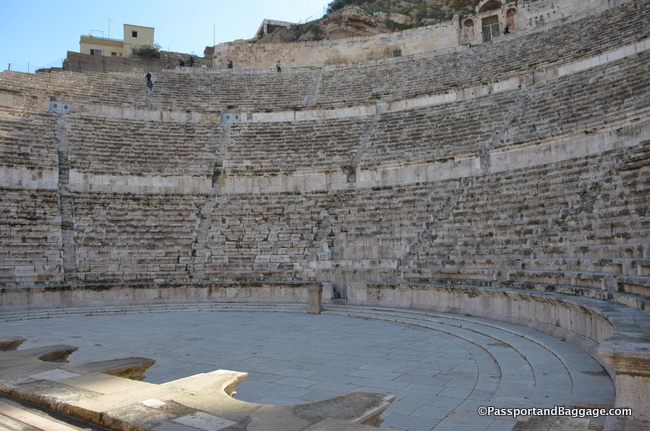 The theatre was built during the reign of Antonius Pius (138-161 CE) when the city was known as Philadelphia.
The theatre was built during the reign of Antonius Pius (138-161 CE) when the city was known as Philadelphia.
*
There are two sweet museums attached to the theater, they primarily display stunning ancient clothing and Bedouin jewelry, but are certainly worth a visit.
The Citadel
Here is why I felt the need to understand the various occupying peoples of Amman. The Amman Citadel is known in Arabic as Jabal al-Qal’a, and sits atop one of the seven jabals (mountains) that originally made up Amman.
There has been evidence of occupation since the pottery Neolithic period. It was inhabited by different peoples and cultures until the time of the Umayyads, at that time much of the city was abandoned until 1878, and the citadel was mainly used by Bedouin and seasonal farmers. Despite this gap, the Citadel of Amman is considered to be among the world’s oldest continuously inhabited places.
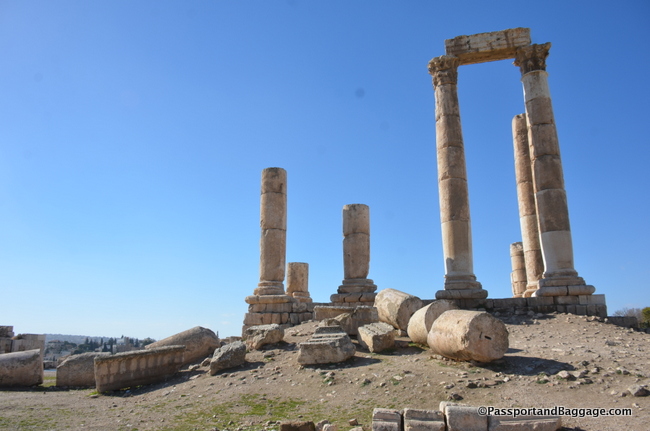
The temple of Hercules – According to an inscription the temple was built when Geminius Marcianus was governor of the Province of Arabia (162-166 CE), the same period as the Roman theater.
*
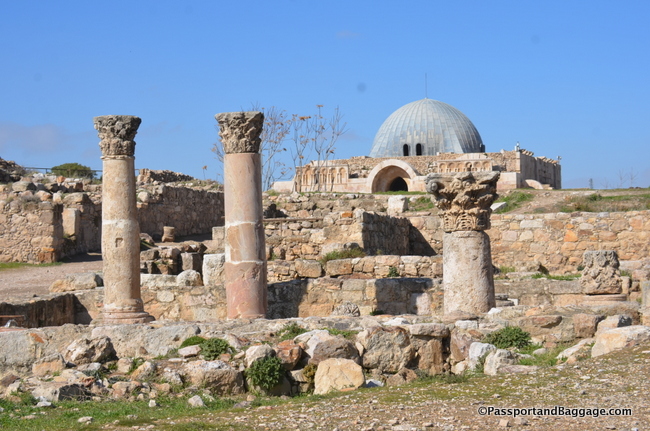
The domed structure in the back is the Umayyad Palace, built during the first half of the 8th century
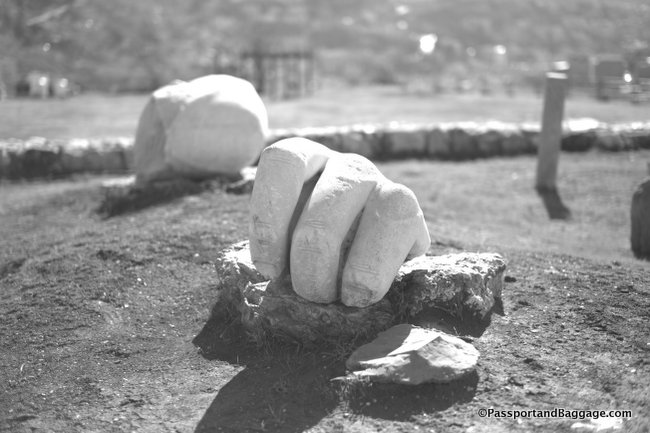
The site also contains a hand carved out of stone from a statue of Hercules. The statue is estimated to have been over 39 ft tall, and probably destroyed in an earthquake.
These Anthropoid Coffins in the museum at the Citadel are made of baked clay. They each have four handles possibly used to transport them from their place of manufacture to the place of use. One of them has 16 handles possibly to help elevate the coffin.
They found portraits of the deceased on two of the coffins. When they were found each coffin contained two or three skeletons.
This type of burial practice, while rare in Jordan was in use from the 13th to the 7th century BCE
My driver extraordinaire, an honest family man, and a passionate lover of Jordan is a great driver, and guide, Shareef Tamimi – WhatsApp: 962 7 9661 9236 – email: Shareefaltamimi4@gmail.com
